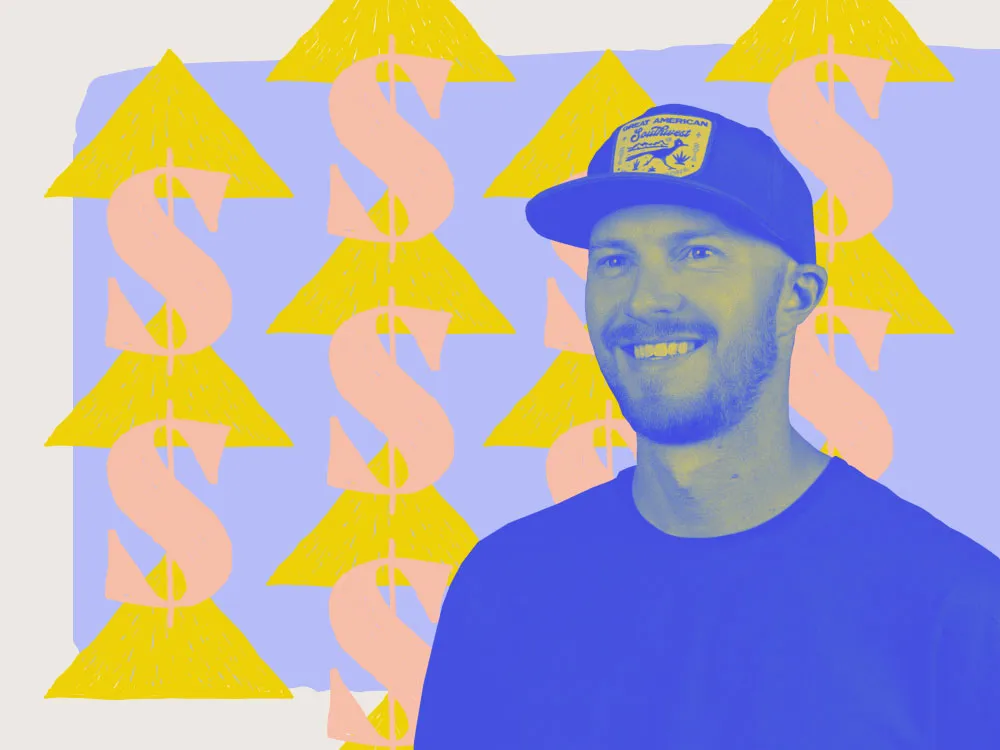It’s one of the most pressing questions companies in the SaaS industry face: when should you start a partnerships program?
The answer to this question became very clear to us at Close when the sales team started encountering referral partners who’d already signed up to promote our CRM, without a properly managed program in place to nurture these relationships.
At that time, I was on the sales team and felt the need to support these referral partners as a growth vehicle to help bring on more customers. It was a natural win-win for everyone to stoke these relationships: the sales team got more leads, and these partners got the expedited communication and resources they needed. Most importantly, more customers were converting from this channel. A partnerships program was born, and I was leading it.
Little did I know at the time, but I was about to lead the building of an incredibly successful affiliate program. Here’s what my experience was like and the top tips I can offer you for your own affiliate programs.
Growing Close’s affiliate program on the side of my sales job
After having more fruitful partner conversations over the course of a few months, I eventually proposed dedicating a percentage of my time solely to growing our partnership program. The leadership at Close agreed to this plan, and I began spending 20 per cent of my time on partnerships and 80 per cent of my time still working with the sales team.
During the initial phase of getting our fully managed partnership program off the ground, I spent my time on activities like:
- Setting up the right new tech to support scaling an affiliate program (PartnerStack was our platform of choice)
- Identifying the top-producing affiliate partners in the Close ecosystem and getting to know them better
- Establishing an Ideal Partner Profile based on top-producing partners
- Nurturing existing partner relationships and making it frictionless to accept and invite new partners to the program
Pretty quickly, our affiliate program was now standing on its own two legs and was growing to account for more and more of our monthly revenue.
Shortly thereafter, I was able to justify moving full-time into managing our partnerships and was tasked with the question, “What other partnership strategies should we go after?”
Expanding a partnership program and growing revenue
As any partner manager knows, figuring out where to expand your program is one of the most challenging questions to answer. The opportunities to grow your ecosystem and into the ecosystems of others are always present, so how do you decide where to spend your limited time and resources growing a partnership program? Here are my top three tips:
Related: 5 green flags to look for when joining an affiliate program.

Affiliate program tip 1: Seek out startup accelerators and their leads
One thing the affiliate program at Close had going for it already was that it had been an active member of several different perk programs for startup accelerators like Y-Combinator, 500 Startups, Tinyseed, and Techstars. My background in working with the sales team showed me firsthand that the quality of leads from these accelerator programs was very high.
That made my natural first stop a concerted effort to expand within the startup ecosystem, so I began working on tweaking my cold email templates to fit this new purpose and started courting new startup perk partners.
One of those partners that emerged was Microsoft for Startups. Microsoft for Startups was in search of a CRM partner to recommend to startups that were part of the Microsoft for Startups Founders Hub community.
The Microsoft for Startups team reached out to us at Close and I began working with their partnerships team to offer competitive perks and resources to all of the members in their startups program. Then, we launched a 90-day pilot in their Founder Hub, which was very well received.
Close and Microsoft for Startups have since moved into a full partnership, and every startup in the Microsoft for Startups community is now offered a fantastic deal to use Close as their preferred CRM for startups. I highly recommend seeking out similar programs to accelerate your growth and access support through those critical growth phases.
Affiliate program tip 2: Develop relationships with technology and integration partnerships
Our initial success with the startup programs were an obvious pillar of partnerships to lean into, so I continued to search for new types of organizations that should be added to our growing roster of partners.
Technology partnerships became another clear win for both supporting our existing customers and driving new growth. I began to focus on tech platforms with existing integrations with Close and started nurturing those relationships to figure out more meaningful ways we could generate leads for one another through the existing synergy of the platforms and integrations.
Pretty quickly, we realized that technology and integration partners are another huge growth vehicle for our partnership program, for several reasons. They:
- Make sales and success conversations easier because those teams make strong recommendations to platforms that fill product gaps and have native integrations with Close
- Collaborate with other partner managers and founders to create exposure for one another's respective platform in order to generate warm leads for each other
- Create value for service partners supporting Close for their clients, by making them aware of the best integrations to use with Close
- Send a message to one another's affiliate program partners, sharing the integration details, why it works, and offering an affiliate commission for them to generate revenue
When we expand our affiliate management team, we’ll be keeping these benefits in mind to guide our program growth, empowering the whole team to continue growing our attributable revenue for that channel.
Keep reading: Advice for your first partnerships program from the experts at STACK'D.

Affiliate program tip 3: Always be testing new verticals for outbound partner outreach
A-B-T, always be testing. Recently, I jumped into testing outbound partner outreach and have been running an outbound campaign that courts new partners in order to showcase Close as a viable sales CRM to offer their clients, users, and readers while generating competitive commissions for them on the backend. I mainly targeted agencies that specialize in CRM implementation or were a sales focused agency.
It’s still early, but this campaign has gone really well so far, and I’ve acquired a few new service partners that have large customer pools of their own and could end up being very high producers for the Close partnership program.
With a successful foundation now laid in two major verticals and a third starting to show meaningful results, we’re working towards creating a replicable playbook for each pillar of partnerships. Our goal over the coming months is that the Close team can ramp toward hiring individual owners to grow each type of partnership we’re looking to expand.
Numbers matter, but they’re not everything
Today, the number of customers referred to Close via our affiliate program account for 12 per cent of the company’s subscription revenue, and our goal is to reach 30 per cent by the end of 2023.
What does that mean to me? Well, I feel energized getting to sit down at my computer each morning, looking back at how far we’ve come—and working to figure out how we’ll bridge that 18 per cent gap to reach our 30 per cent goal next year.
More importantly, I’m constantly thinking about how we can hit these growth figures without sacrificing our company’s mission by bringing on misaligned partners or striking deals that don’t lead to successful outcomes for the new customers that join Close from a partner.
Here are the three guiding thoughts I have each day leading partnerships at Close:
- How can I create more meaningful exposure for Close in the sales ecosystem?
- How can I work more meaningfully with our existing partners in a way that we both win?
- How can I find and acquire new partners in order to create win-win situations for us both?
Some days I walk away feeling like I made a significant impact on all three fronts, other days I feel defeated. In general though, I can feel the momentum building around my consistent efforts that’ll fill the gap to contributing 30 per cent of Close revenue from partnerships. I hope these tips, sources from my own experience creating and running Close’s affiliate program, help you find a new level of success in your own program.

















